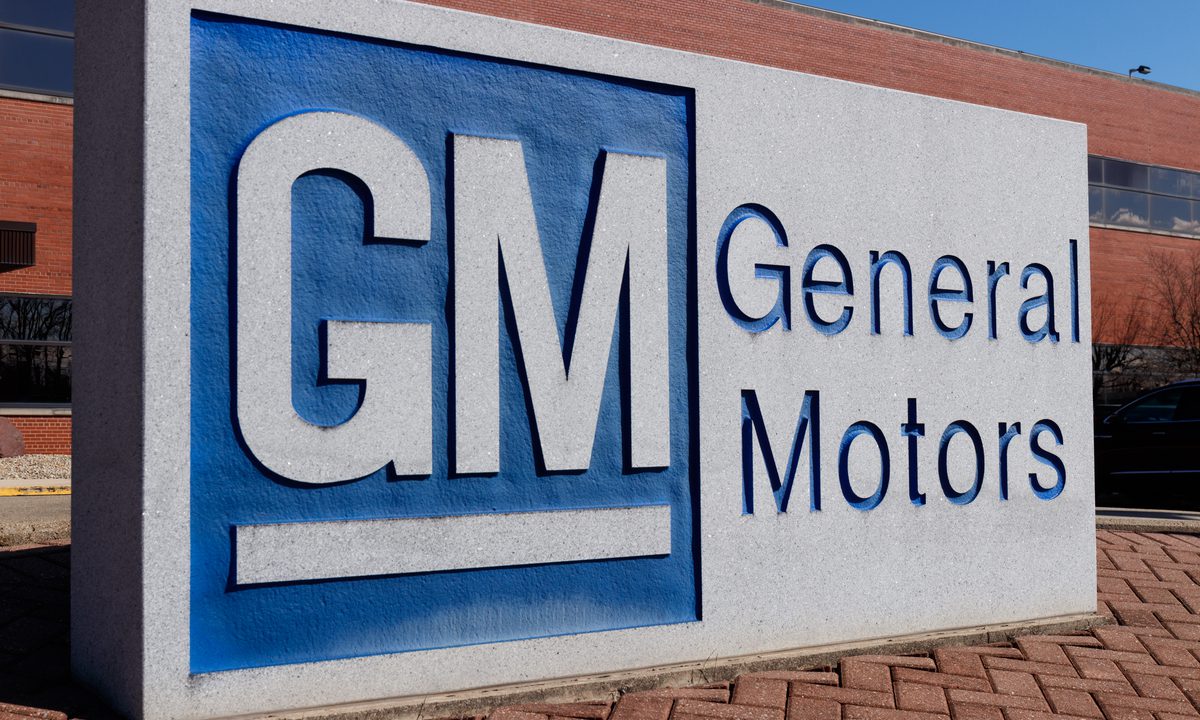General Motors Company (NYSE: GM) saw a slight dip of 0.44% in its shares following the announcement of a major investment plan. The automaker revealed its intention to spend more than $1 billion on re-tooling two manufacturing sites in Flint, Michigan. The purpose of this investment is to prepare for the production of a new generation of heavy-duty (HD) trucks with internal combustion engines.
This move by GM is part of a larger strategy, as the company has already outlined a total investment of $1.7 billion in Flint facilities this year. These investments are aimed at supporting the development of the next generation of GM’s heavy-duty pickups. The company is set to allocate $579 million to Flint Engine Operations. This investment will be utilized for the production of the sixth generation of its small block V-8 combustion engine. In addition, $103.5 million will be spent on upgrading another Flint facility that plays a crucial role in truck production.
GM’s trucks face fierce competition from rivals such as Ford Motor Co’s recently redesigned Super Duty and Stellantis NV’s Ram pickup in the heavy-duty segment. These trucks are among the most profitable vehicles sold by the Detroit Three automakers and other competitors.
GM witnessed a significant boost in sales of HD pickups last year, with nearly 288,000 units sold. This figure represents a 38% increase compared to the previous year.
Looking ahead, GM is preparing to negotiate a new contract with the United Auto Workers (UAW) union. The deadline for reaching an agreement with its U.S. production workers is set for September 14. Job security through investments is a key priority for the UAW.
Mike Booth, the UAW vice president in charge of the GM department, expressed his perspective on the investment, stating, “When business is booming as it has been for the past decade — due to the hard work of UAW members — the company should continue to invest in its workforce.”
Prior to GM’s announcement, the UAW released a video where union President Shawn Fain and the head of the GM department criticized the automaker for outsourcing semiconductor production. They highlighted that the production, once conducted at a GM factory in Kokomo, Indiana, had been moved elsewhere. Fain, who hails from Kokomo and has family members who previously worked at the GM facility, expressed disappointment over the plant’s reduced workforce, now employing only 100 individuals. Fain pointed out that GM’s decision to cut U.S. semiconductor production in 2017 ultimately resulted in a shortage over the past two years, forcing the company to rely on semiconductor imports from Asia.
Latest News on General Motors Company (GM) Stock
Zabih Ullah is a seasoned finance writer with more than ten years of experience. He is highly skilled at analyzing market trends, decoding economic data, and providing insightful commentary on various financial topics. Driven by his curiosity, Zabih stays updated with the latest developments in the finance industry, ensuring that his readers receive timely and relevant news and analysis. Read Full Bio












